From Data Chaos to Content Clarity in 2025: Build an Automated Insights‑Driven Pipeline
If you’ve ever stared at half a dozen dashboards, trying to figure out what your audience actually cares about, you’re not alone. In 2025, most marketing teams have access to more data than they know what to do with. Website traffic, bounce rates, social clicks, CRM tags, customer feedback forms, NPS scores—it’s all there, scattered across tools and platforms. The problem isn’t data availability. It’s making sense of it fast enough to act. And even when you do manage to pull insights together, turning them into timely, targeted content still feels like a slow, manual grind.
That’s where automation—and more specifically, an insights‑driven content pipeline—comes in. In an era where audiences evolve by the minute and attention spans shrink by the second, brands can no longer afford to manually connect dots or guess what content will resonate. The good news is that with the right systems in place, you don’t have to.
Stop Guessing, Start Listening (Automatically)
An automated insights-driven pipeline flips the old process on its head. Rather than coming up with content ideas first and then checking if they’ll work, your content engine starts with the signals your audience is already sending. These might include spikes in keyword searches, changes in email click patterns, or an uptick in customer support tickets around a particular feature. A smart AI system can aggregate these signals, recognize patterns, and surface content suggestions that are backed by actual demand.
For example, say your SaaS platform starts getting multiple support queries about a new integration. Instead of waiting until the issue becomes widespread, your insights engine flags it and instantly drafts a help article, a blog explainer, and a support email—all of which are queued for human review and then automatically published across channels. You’ve just transformed reactive support into proactive content marketing.
Turning Insight Into Action (Without Bottlenecks)
One of the major advantages of this model is eliminating the friction between insight and output. Typically, even after identifying a trending topic, you need to brief a writer, wait on drafts, coordinate with design, and schedule publication. In 2025, that cycle can be compressed into hours—not weeks.
Using Flowblox-style automation, once a signal is detected—whether it's a product-related trend, a competitor move, or a shift in customer sentiment—the system can draft the initial content asset automatically. From there, it can generate variants tailored to different platforms (blog, LinkedIn, newsletter), adjust tone based on target personas, and even propose an internal SEO strategy or visual layout. The human team’s role shifts from creator to editor and strategist—spending time where it counts.
This doesn’t just save time. It builds consistency. Because the system is always listening and learning, your content output becomes more timely, more relevant, and more aligned with what your audience actually needs. And because it’s connected to real data inputs, performance improves naturally over time.
Evolving With Your Audience
Another powerful feature of an insights-driven content pipeline is its ability to evolve. Let’s say a blog post generated in April was driven by a spike in search traffic. Over time, that trend may shift—but the system can monitor the post’s performance and flag when it's starting to decay. Instead of letting it die a slow SEO death, the platform can automatically draft a refresh, adding new stats, updated examples, and even a revised call to action based on the latest campaign goals.
This turns your content into a living asset—not just a one-off. Your library stays current, your traffic remains steady, and your team doesn’t have to manually track down underperforming assets. It’s maintenance without the manual labour.
From Chaos to Compounding Results
When teams make the leap from scattered tools to a streamlined, automated pipeline, the benefits compound quickly. Content quality goes up because it’s more relevant. Production costs go down because humans are focused on what they do best. And ROI becomes easier to track because each piece of content is linked directly to a data-driven need.
This isn’t just about saving time—it’s about building a scalable system that grows with you. Whether you’re a solo creator or part of a fast-moving marketing team, having an always-on, insight-first pipeline gives you a strategic edge that doesn’t rely on guesswork or heroics. In a market that moves fast, clarity isn’t just nice to have—it’s your competitive moat.
The Flowblox Edge
While Flowblox is still in its prelaunch stage, its mission is to make this kind of automation accessible. The platform is being built to allow users to automate the full content journey—from insights to drafts to multi-platform publishing. Once set up, it can post on your behalf, keep your content fresh, and evolve with your audience—without burning your team out.
So if you're tired of swimming in data without direction, maybe it's time to automate your way to clarity. Because in 2025, the brands that win won’t be the ones with the most data. They’ll be the ones who know exactly what to do with it.


